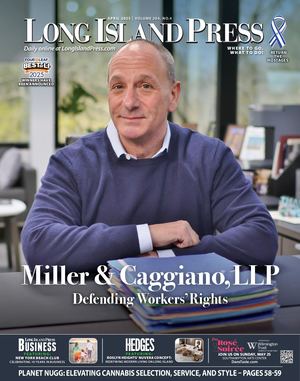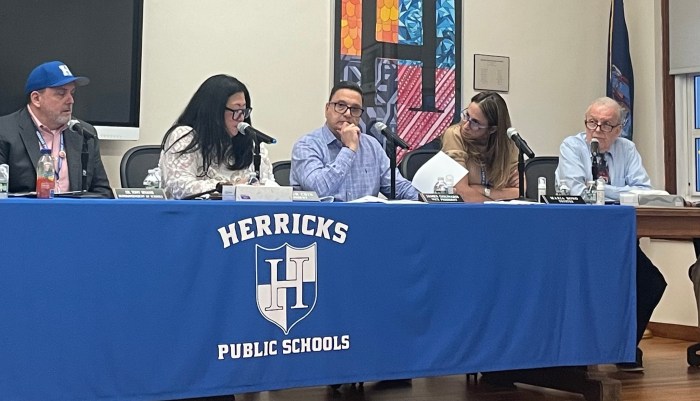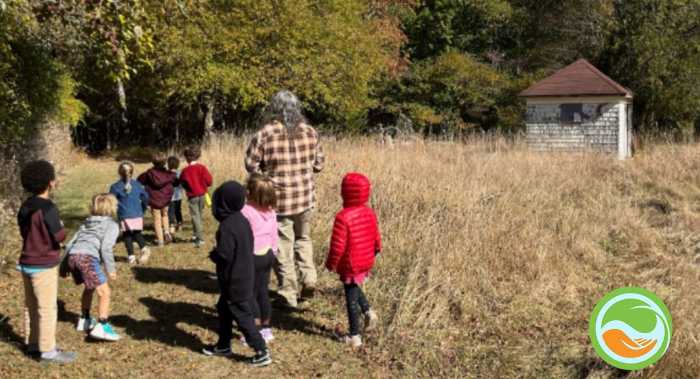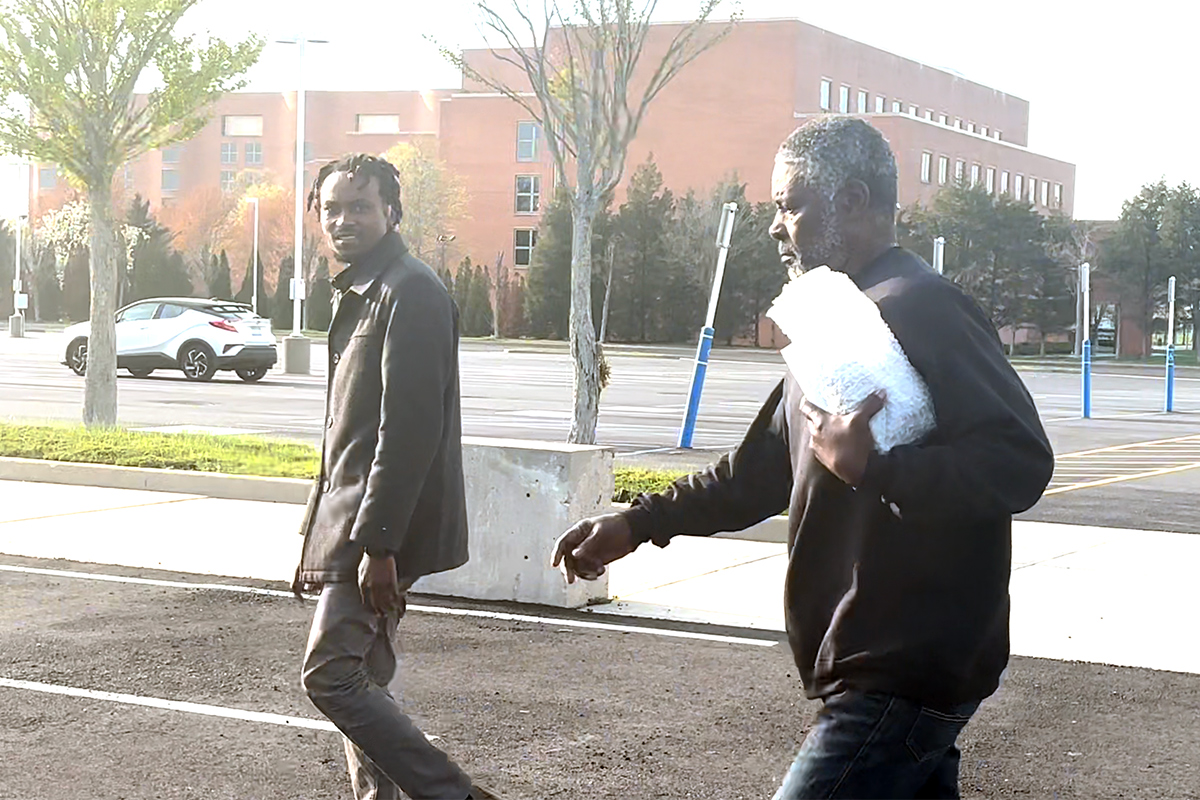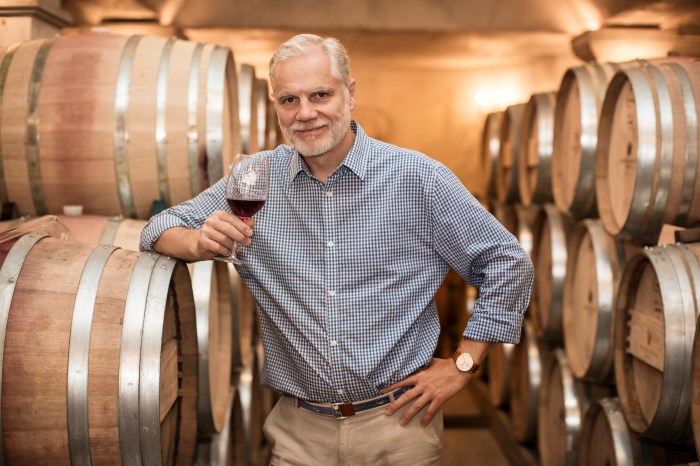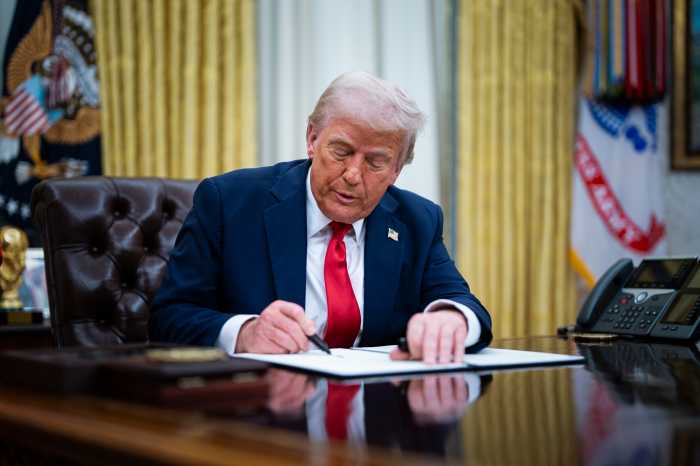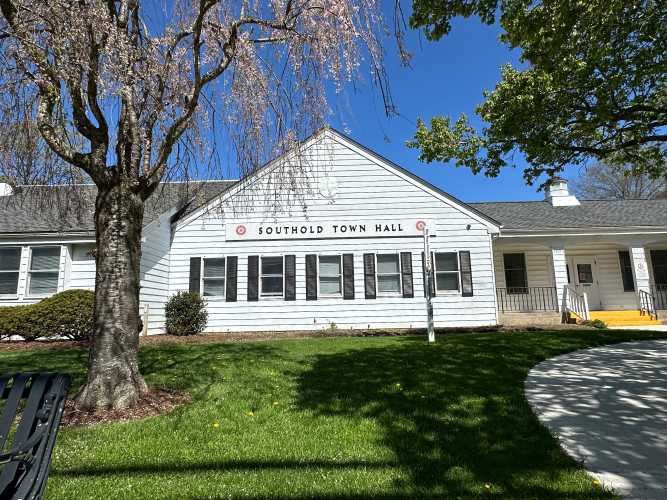Weather, wind, availability determines routes
After a long, grueling night of reports given by experts on local airport flights, Dave Siewert and Robert Grotell, the residents of the areas affected by extreme airplane and helicopter noise were not very encouraged.
The members of the Town Village Aircraft Safety and Noise Abatement Committee (TVASNAC), at a previous meeting, asked Siewert, who is in charge of John F. Kennedy (JFK) airport tower operations, to collect information on runway operations and selections for a 30-day period.
Grotell, on the other hand, is the special advisor to the Eastern Region helicopter council and he spoke at the end of the meeting regarding helicopter routes and noise.
Report By Dave Siewert
Siewert started off the discussion by explaining that he didn’t have any control over the number of planes scheduled in and out of Kennedy since that is determined by the Port Authority, which owns the airport. He pointed out that on an average day there are 1, 400 planes in and out of Kennedy, 700 in and 700 out and he said it was his job to make sure the planes take off and land safely.
He added, “We are like pitchers and catchers. We don’t determine who flies in or how many fly, we just pitch and catch.”
He does, however, determine the runways that will be used both for landing and takeoff. First and foremost it is his responsibility to make sure the runway is available and that is sometimes a challenge since some runways are out of service due to reconstruction.
He said, “For instance for 13 straight days runways 22, both right and left, were used because nine other runways were not available due to reconstruction.”
TVASNAC member Mary-Grace Tomecki questioned him as how efficiency played into his selection of runways. He answered, “Runway efficiency is considered as long as the wind and weather for that runway are favorable.”
Tomecki continued, “It is unrealistic for us to think that planes would never fly over New Hyde Park but what we are looking for is more rotation of runways so that there is more relief from one neighborhood to another so why can’t runways 13R and 13L be used more often to give this area relief.
Siewert explained that when JFK uses the 13s it has an adverse impact on the surrounding airports of LaGuardia and Newark and causes Teterboro to shut down altogether. Ideally, JFK runway 22L is the one most used for takeoffs, since it is the longest runway at JFK.
As far as rotation is concerned, Siewert pointed out that he rotates the runways four or five times a day so that no one community is overburdened with air traffic or that is what he tries to do. But once again he pointed out that it all depends on wind and weather.
A woman in the audience wanted to know about the growing population of the Canada Geese that could be harmed or that could cause a crash. Bill Husman, of the Aviation Department Council, who was present, said that the Port Authority was in the midst of an aggressive campaign to control the bird population.
TVASNAC Executive Director Larry Lampkin ended this portion of the meeting by saying, “The issues we have are never going to be solved until we are able to get all representatives in the same room and since they are not here tonight we need the FAA and the Port Authority working together so that we can stop the finger pointing.”
To this end the next meeting of TVASNAC will be held on May 21 at 7:30 p.m. at Malverne Village Hall and hopefully those representatives will be present.
Robert Grotell On Helicopter Air Traffic
The next speaker was special advisor of the Eastern Region Helicopter Council, Robert Grotell, who explained why there is so much helicopter traffic, especially in the summer when helicopters are going back and forth to the Hamptons on a regular basis.
Grotell said, “We have a proposal in the works, that has not been approved, to reduce the helicopter traffic over Nassau County. Basically, now what happens is that the helicopter takes off from Manhattan, up the East River, cuts over to Central Park and goes over LaGuardia. However if LaGuardia is using 22s then the helicopters cannot get to the North Shore route over the water. So what happens now is the helicopters proceed to the south stanchion of the Throgs Neck Bridge and the FAA tower at LaGuardia directs the aircraft to proceed to Glen Cove. If that is the case, then we do not have the ability to go to the lighthouse in Sands Point on the top of Long Island Sound, where the Long Island route begins and that has a major impact on the Town of North Hempstead and the northern part of the town, including Glen Cove.
“So, what we are now proposing is that aircraft departing from the West 30 Street Heliport, go to points east. They will go up the Hudson, north of Manhattan, turn east and go straight across to the lighthouse. Aircraft departing the Wall Street Heliport will go up the East River and use the south shore route to go to points east. Just for a point of information, the annual number of flights we are talking about is fewer than 4,000 on an annual basis.”
Grotell continued, “Contrary to what you hear, in terms of helicopters, that they are not regulated and are flying around like the Wild West, that is the furthest thing from the truth. The noise data that we have collected clearly shows that the most affected areas of noise are the North Fork of Long Island, including Mattituck and the Town of North Hempstead.” Responding to a question by Mary-Grace Tomecki regarding the helicopters that are unable to fly over the water, Grotell said, “The larger helicopters are able to fly over the water routes, however, the smaller helicopters are unable to do so and are encouraged to fly closer to shore. The issue of airspace is a complicated one, especially at Kennedy, so that the option that we have is that when we can’t go over the top of the airport we simply will go around.
“It is not the most efficient use of the air space. Am I promising you silence? No, that will never happen, but we are trying to balance the needs of those living in each area and the needs of the helicopter industry.”
